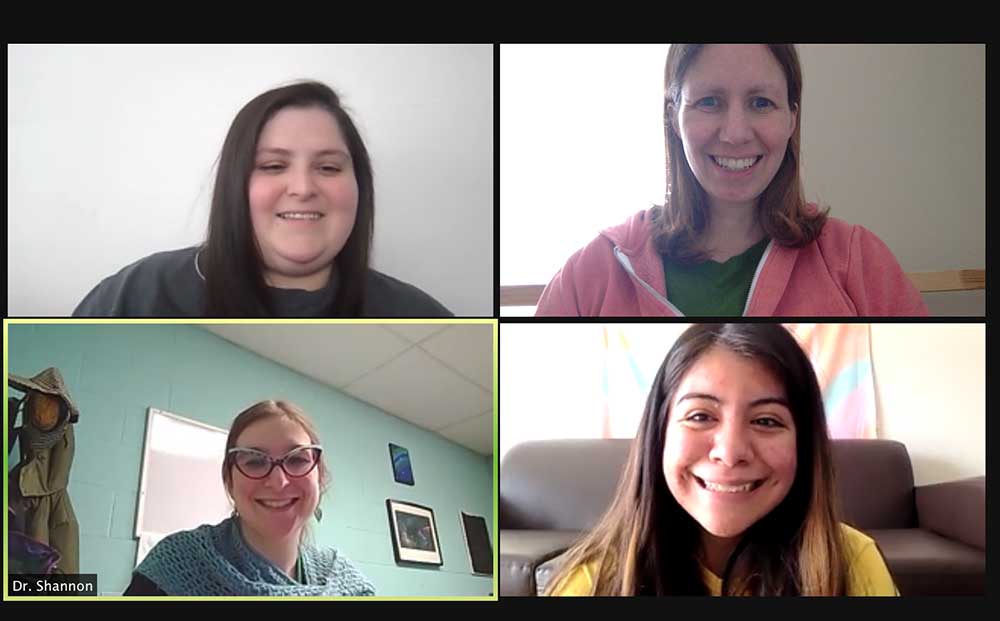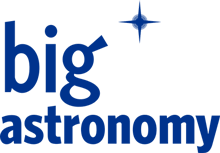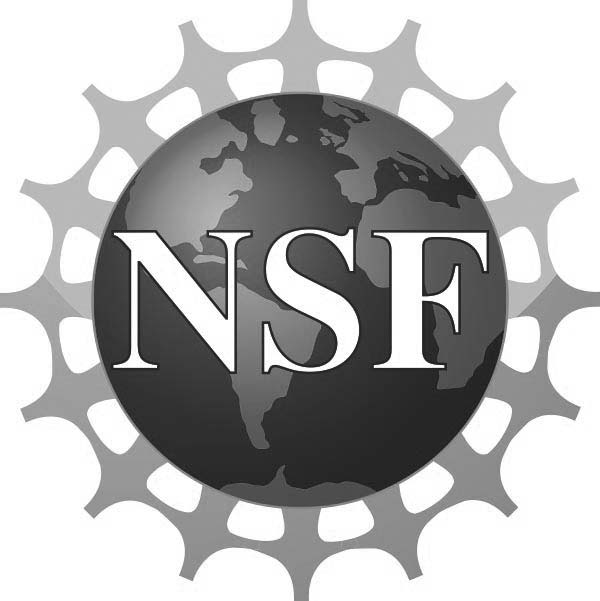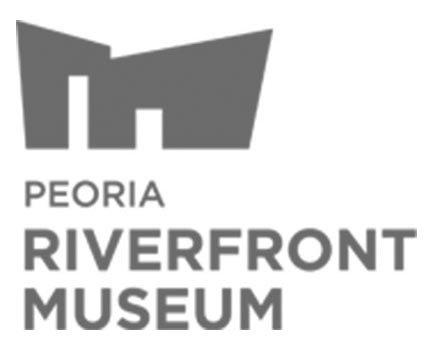Research
Research Description
The Big Astronomy project’s goal is to not only to inform people about STEM careers at major observatories and about astronomy in Chile, but to also help find ways of extending learning beyond a planetarium show. Through this project we are working on a model of learning we are calling Dome+. We have built this project around best practices and research in informal learning environments, such as museums, zoos, aquariums, and planetariums.
First, informal learning environments have a job to engage and interest people in a topic. Visitors are not at planetariums, or other informal learning environments, for very long compared to the extended times in a formal environment like a classroom. So, the job of an informal environment is to get people excited and interested to learn more and continue that learning. People are also all different!
People have different identities that they are building and tapping into. To learn science well and continue engaging, people need to feel like they identify as someone who can do science and that they belong in science. However, identity is multifaceted. People may also identify with their culture, other interests, the language they speak, and so on. So, it is important to support science learning as something that can mesh with multiple ways that people see themselves.
Because of these interests and identities that need to be supported, people will make different choices. Informal learning gives people agency over their own learning more than formal because it is not a requirement or a curriculum. Instead, it is something someone chooses to participate in. After a visit, they must choose to continue to learn more.
Knowing all of this, how do we make a planetarium show support learning beyond the dome? This project is designed to help tap into these different aspects of learning. The show can act as a catalyst for interest, and enough interest to want to keep learning. But to maximize engagement, we must also support and provide easy ways for people to engage in that interest.

To further support interest, the show and all the resources also show real people doing real science as well as different sides of who they are. The resources show people engaging in science as well as their other identities to support learners and visitors in seeing themselves represented. But by offering multiple entry points through the different resources, we also provide people the means that fits into their lives, interests, identities the best and make it easier to choose to learn more.
The research project is then built to see how this works in practice. We will study how people navigate through the components and where we can improve the pathways. Are they meeting the specific learning goals of the show Big Astronomy: People, Places Discoveries? Can we learn from this to help make future planetarium shows that engage people beyond the dome? The goal is to improve our understanding of engaging people well beyond a visit to the planetarium but also how we may use those components to support getting people to the planetarium.
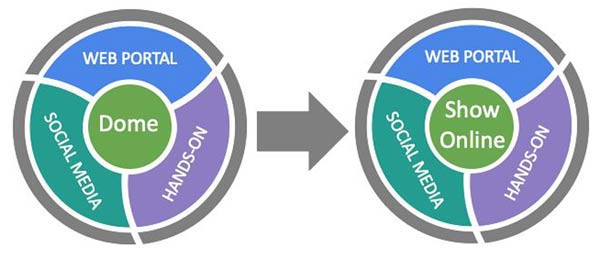
Shifting Focus
The research project has also had to pivot in light of the COVID-19 pandemic. We are now trying to understand how people navigate between the resources and virtual versions of the show as well as understand how people engage with online 360 degree streamed versions of the planetarium show and if they feel they are as effective as those in the physical space of a planetarium. We also are documenting how planetariums have been affected by and are responding to the pandemic.
Please share your experiences with the Big Astronomy Project by taking this survey!
Meet the Research Team
Pictured: Dr. Jesica Trucks (top left), Dr. Katie Hinko (top right), Dr. Shannon Schmoll (bottom left), Gloria Lopez (bottom right).
